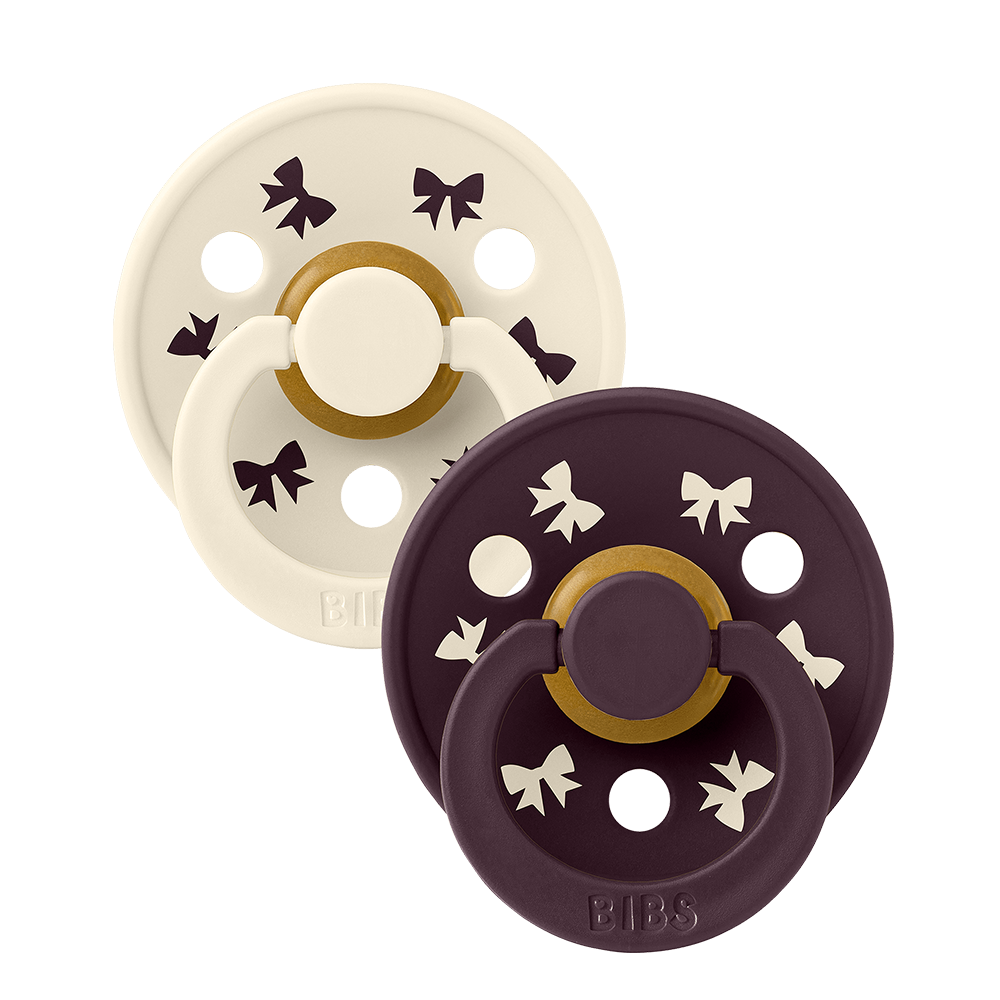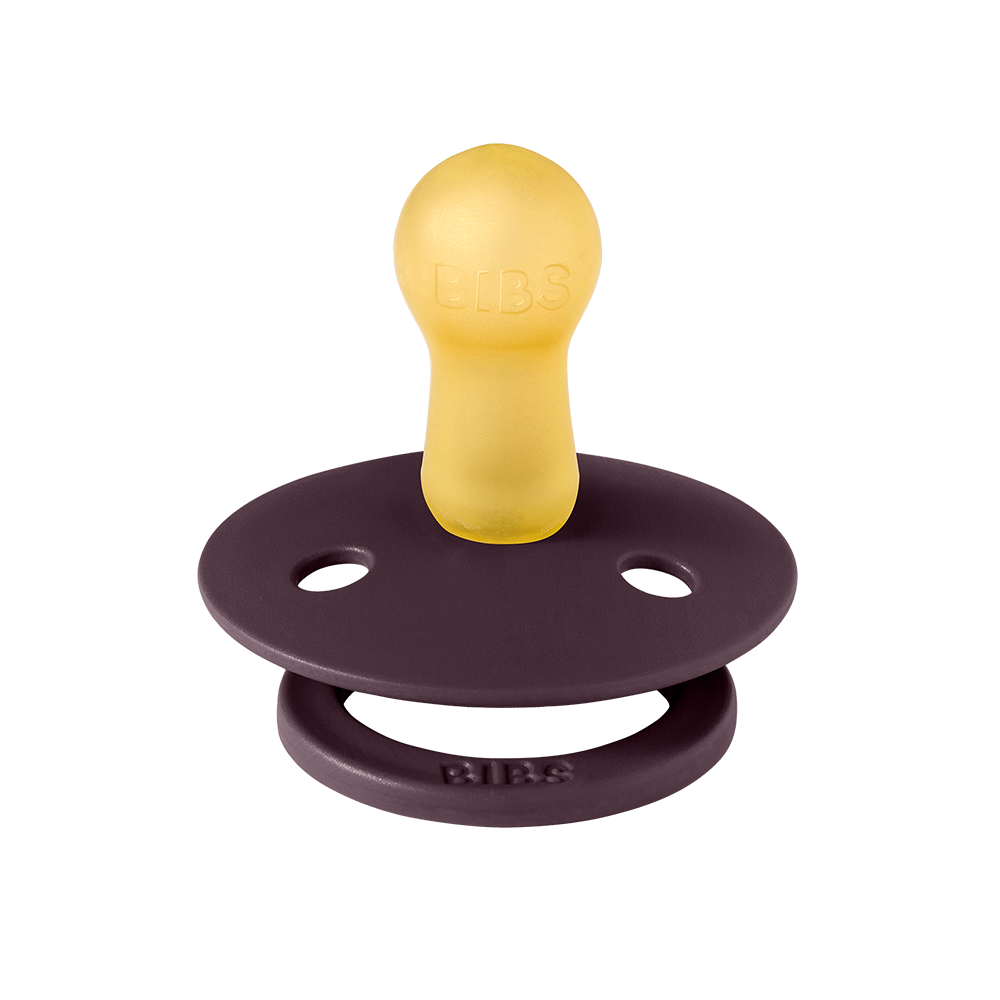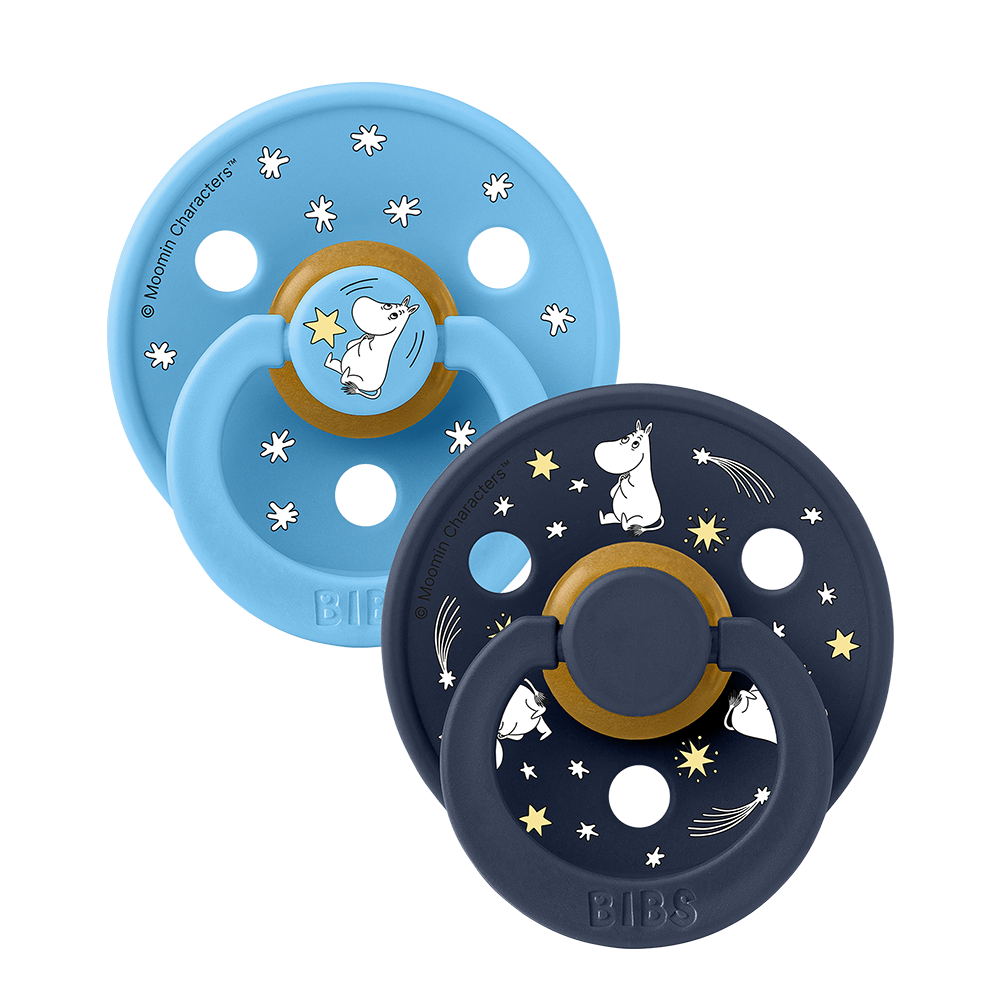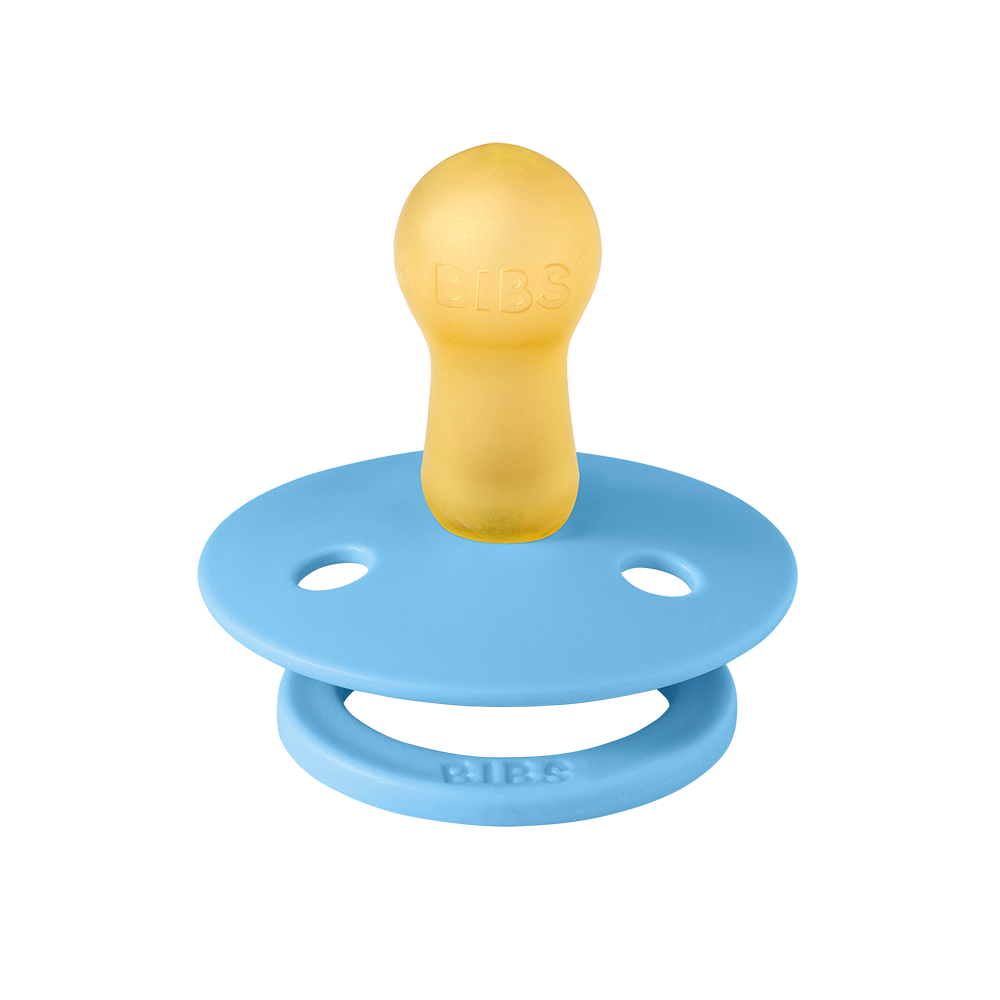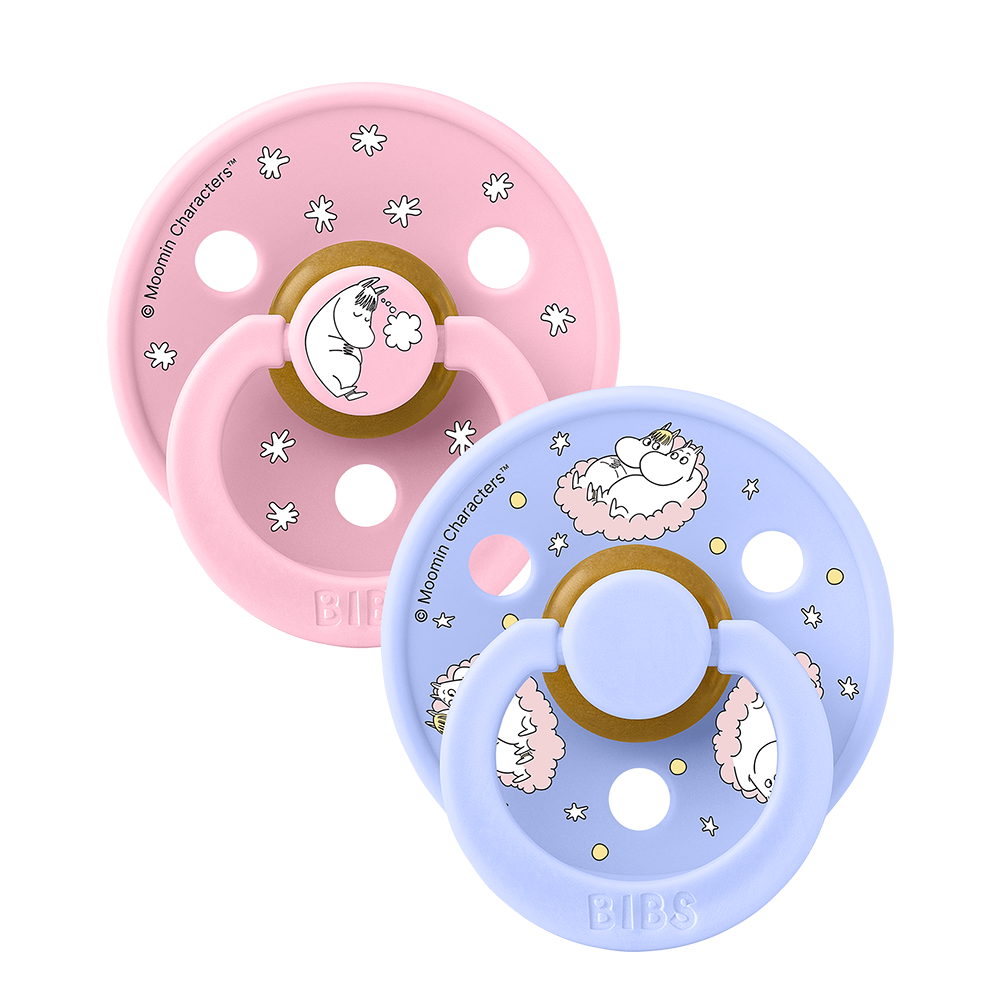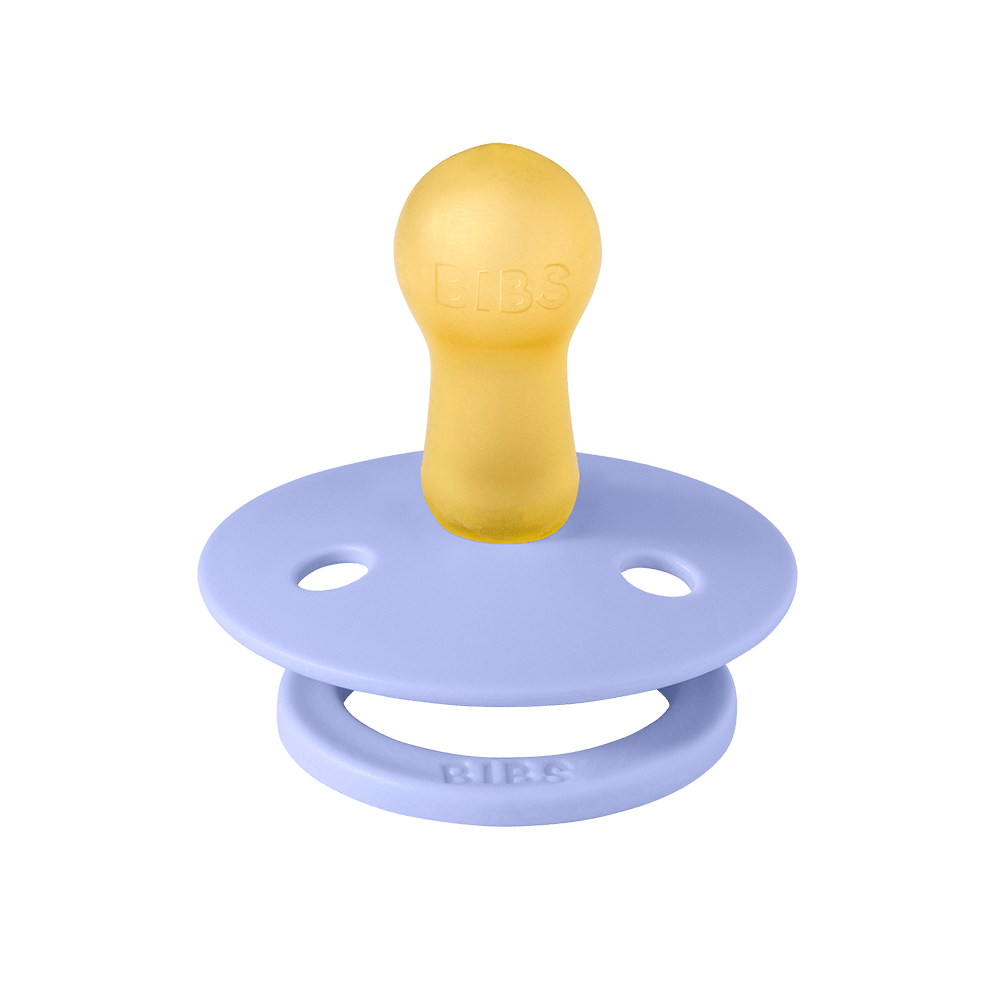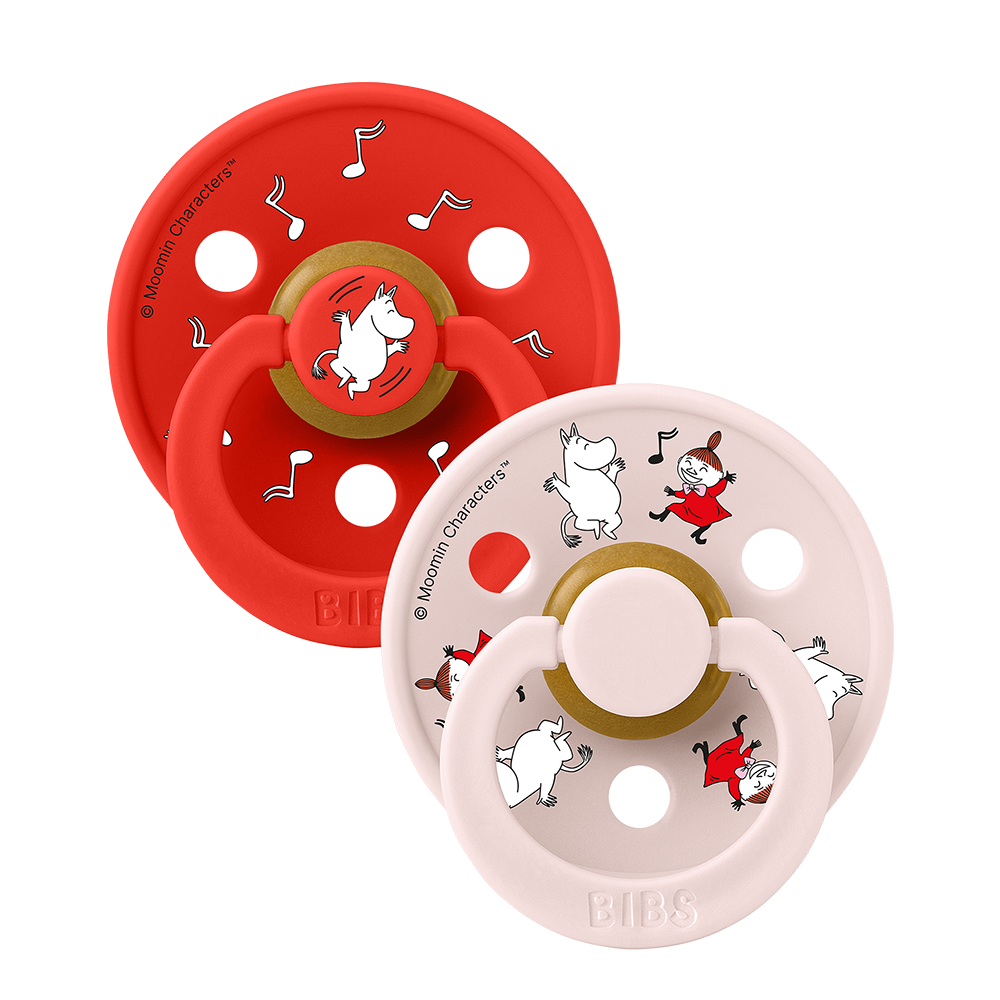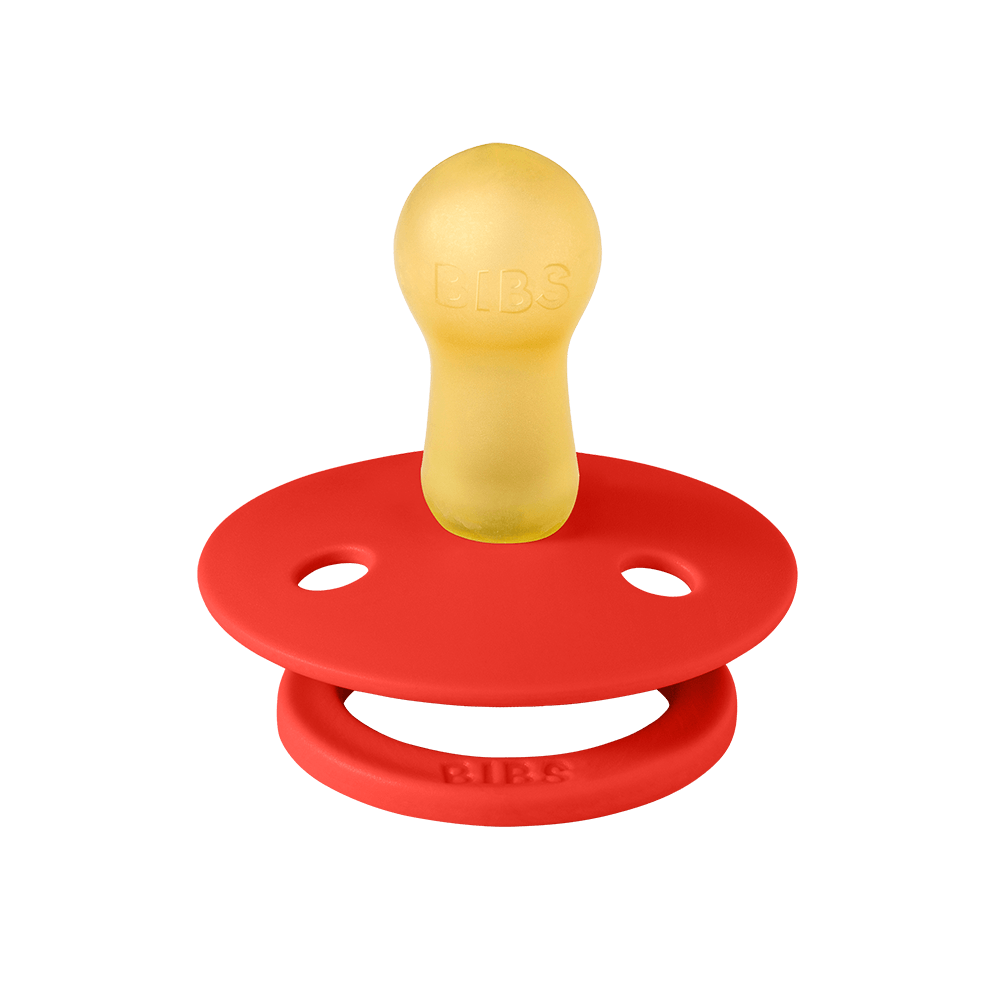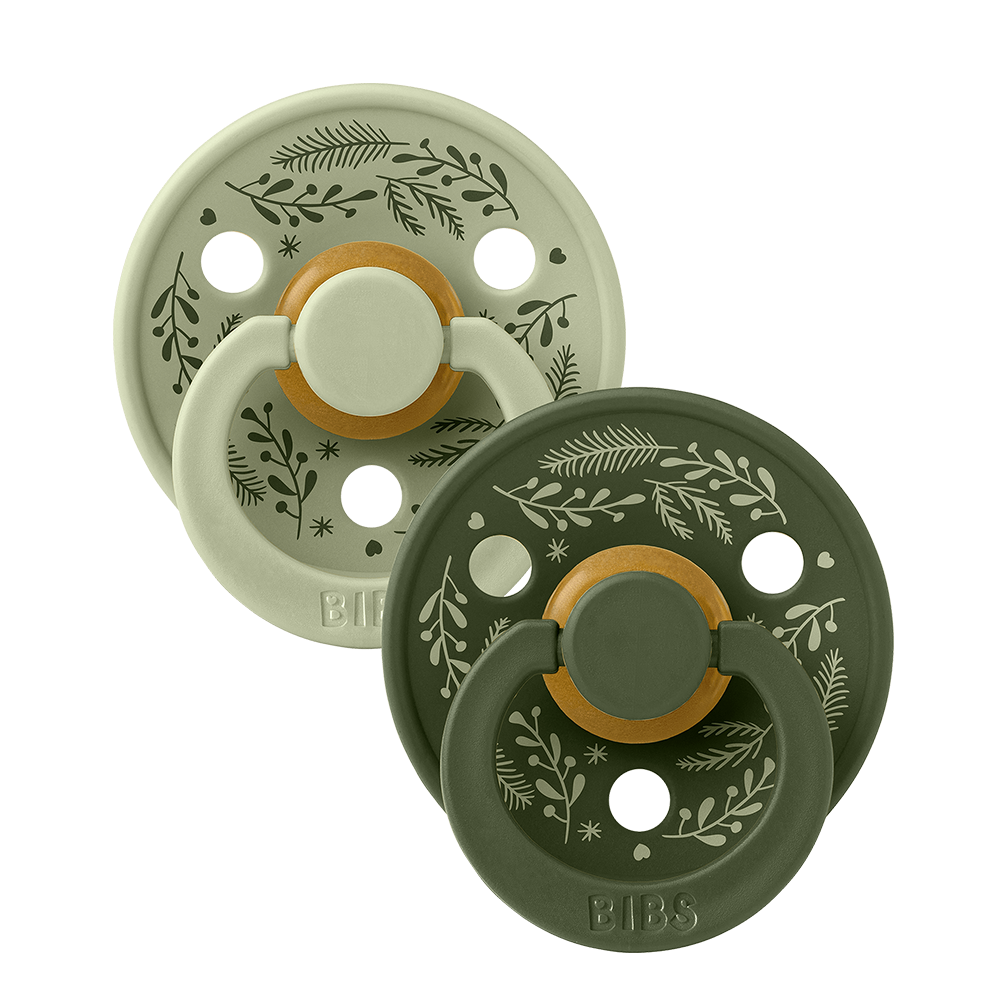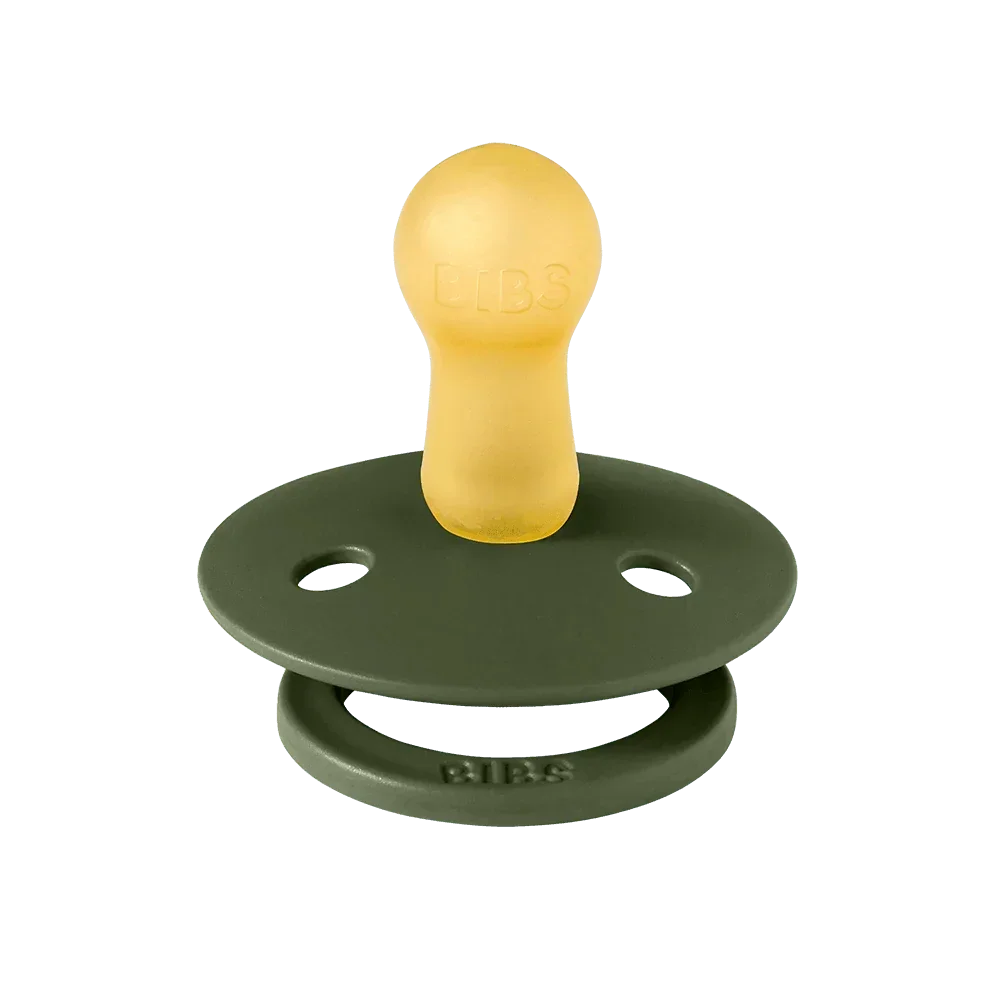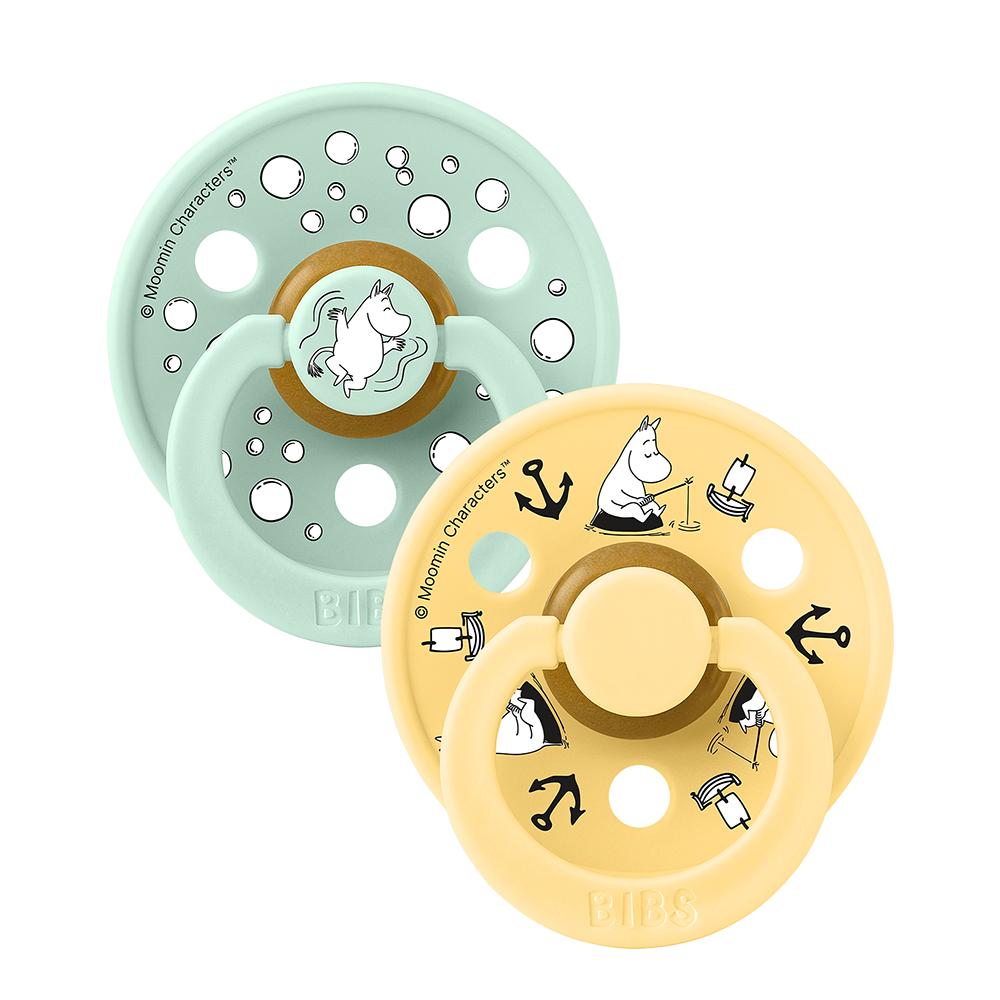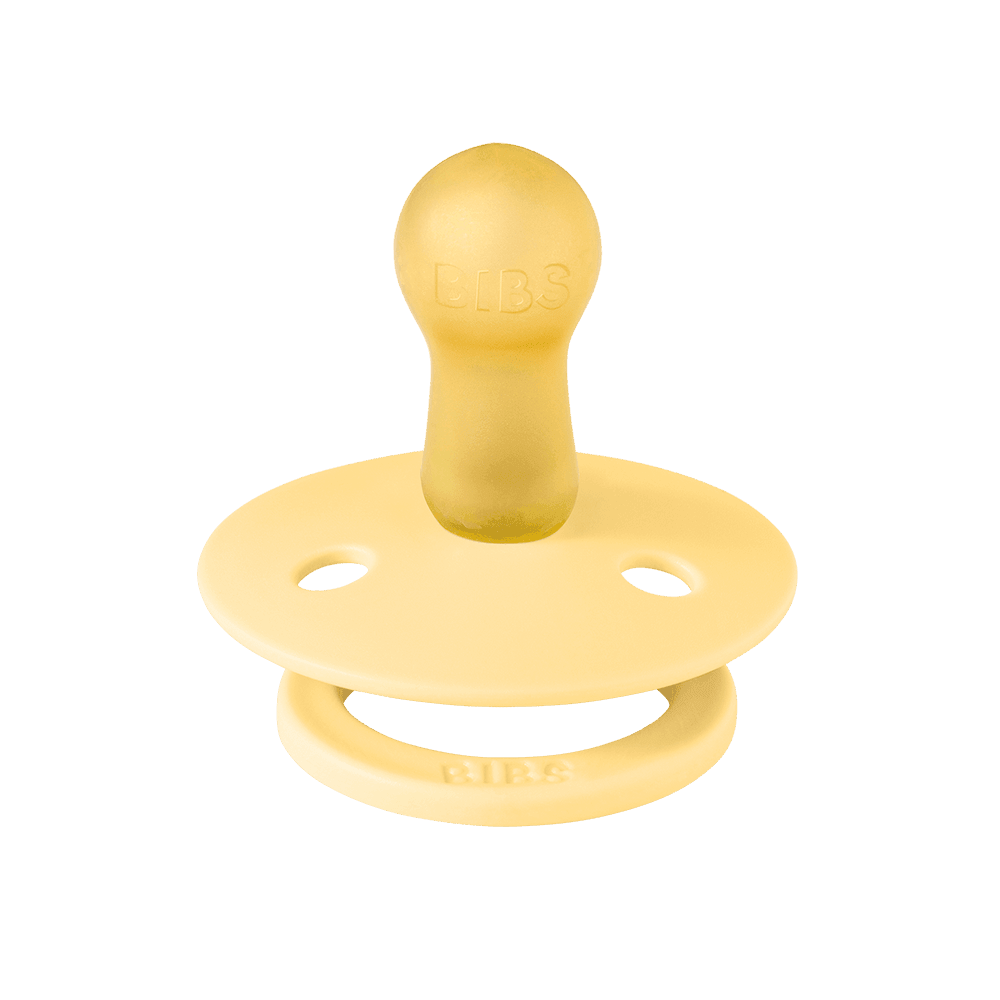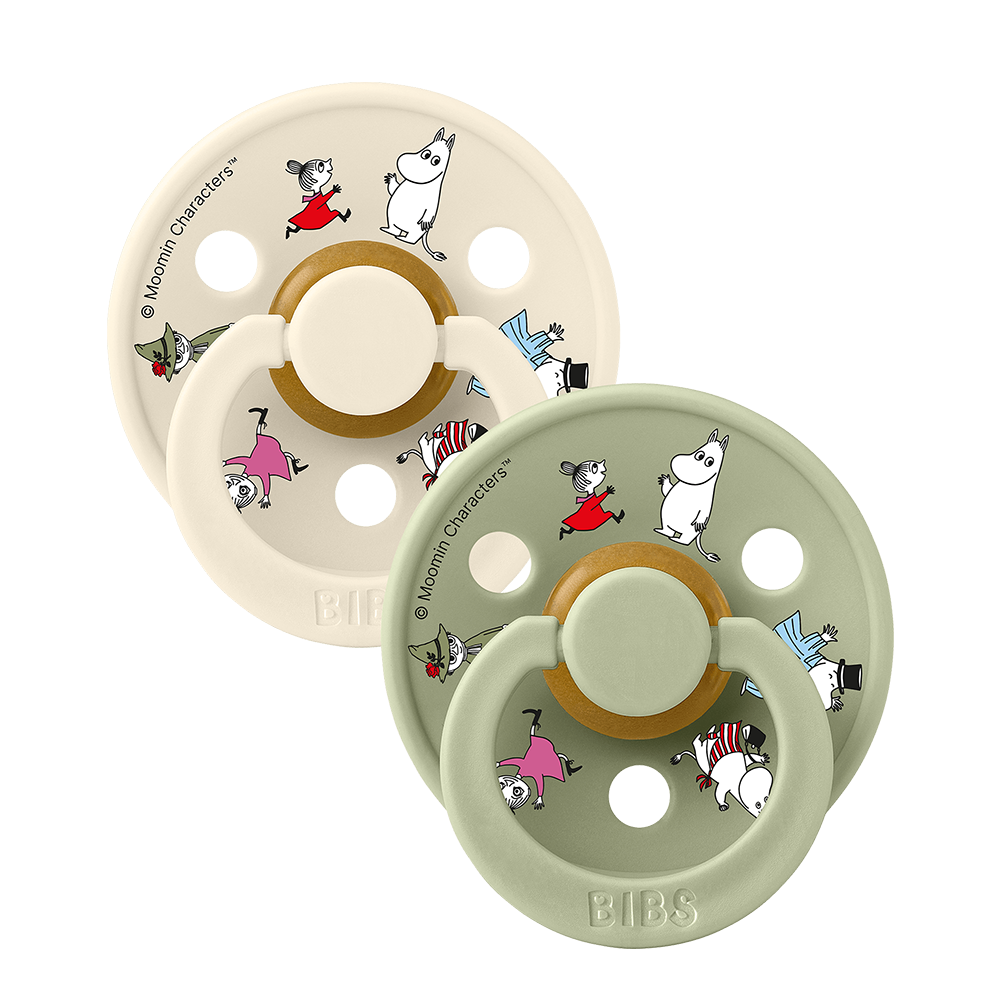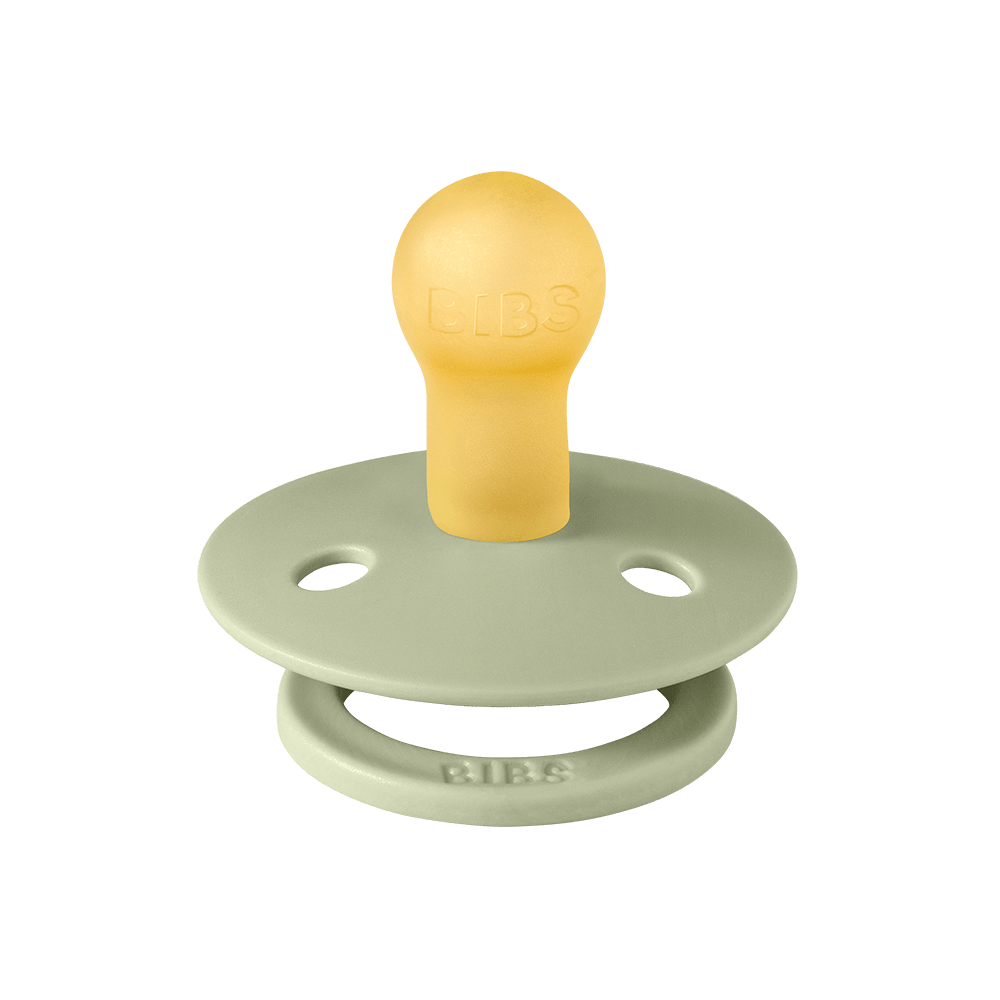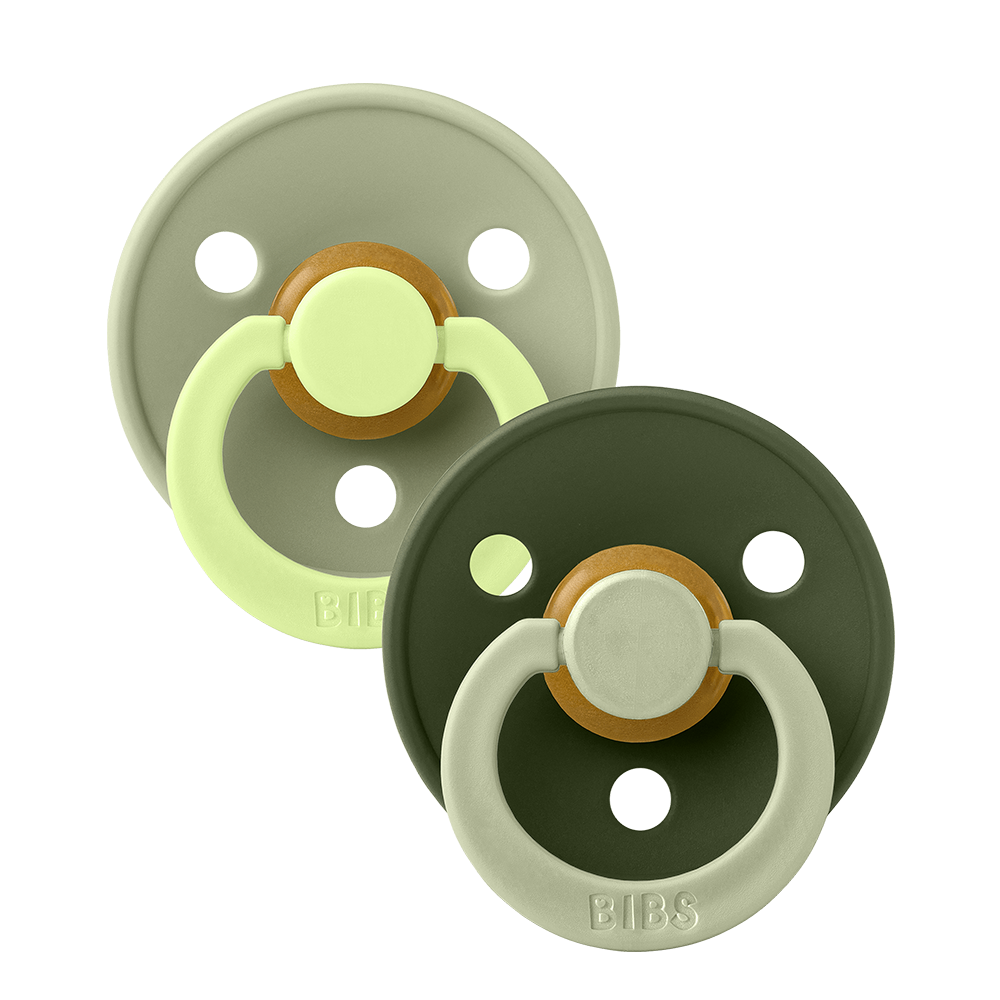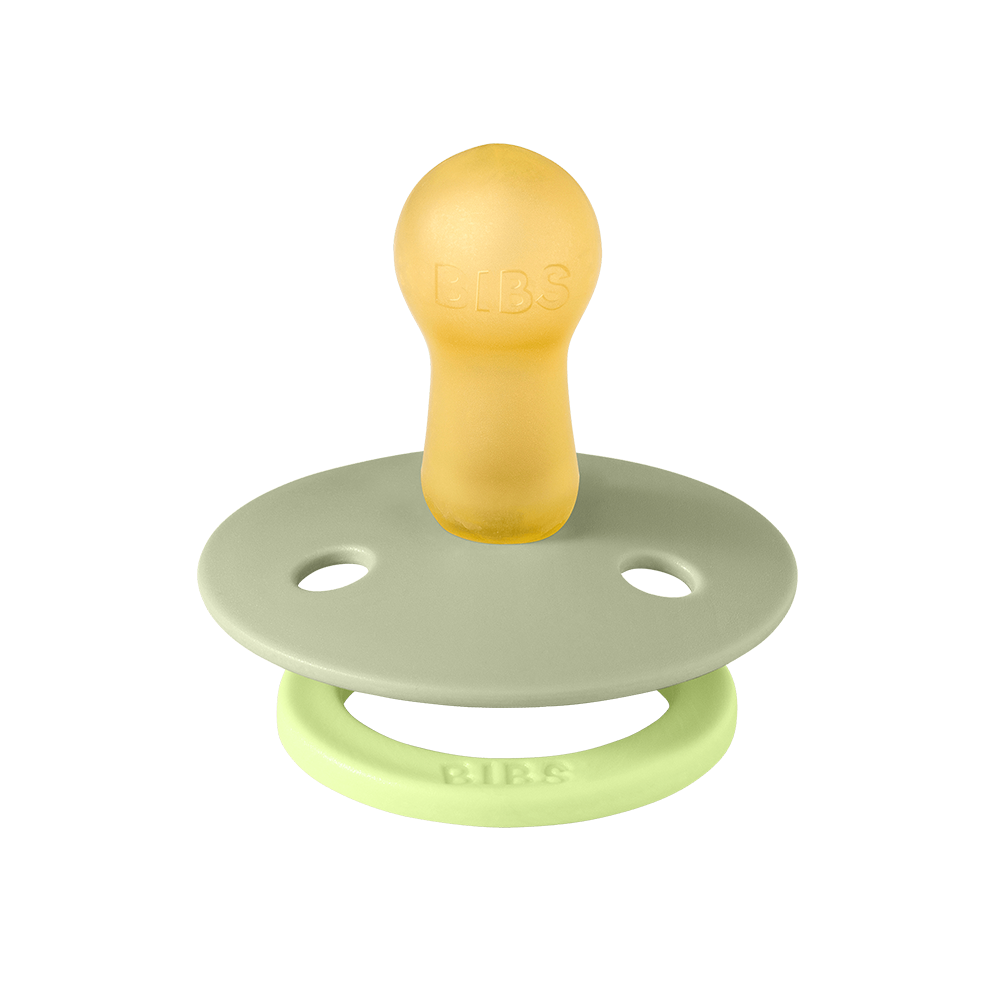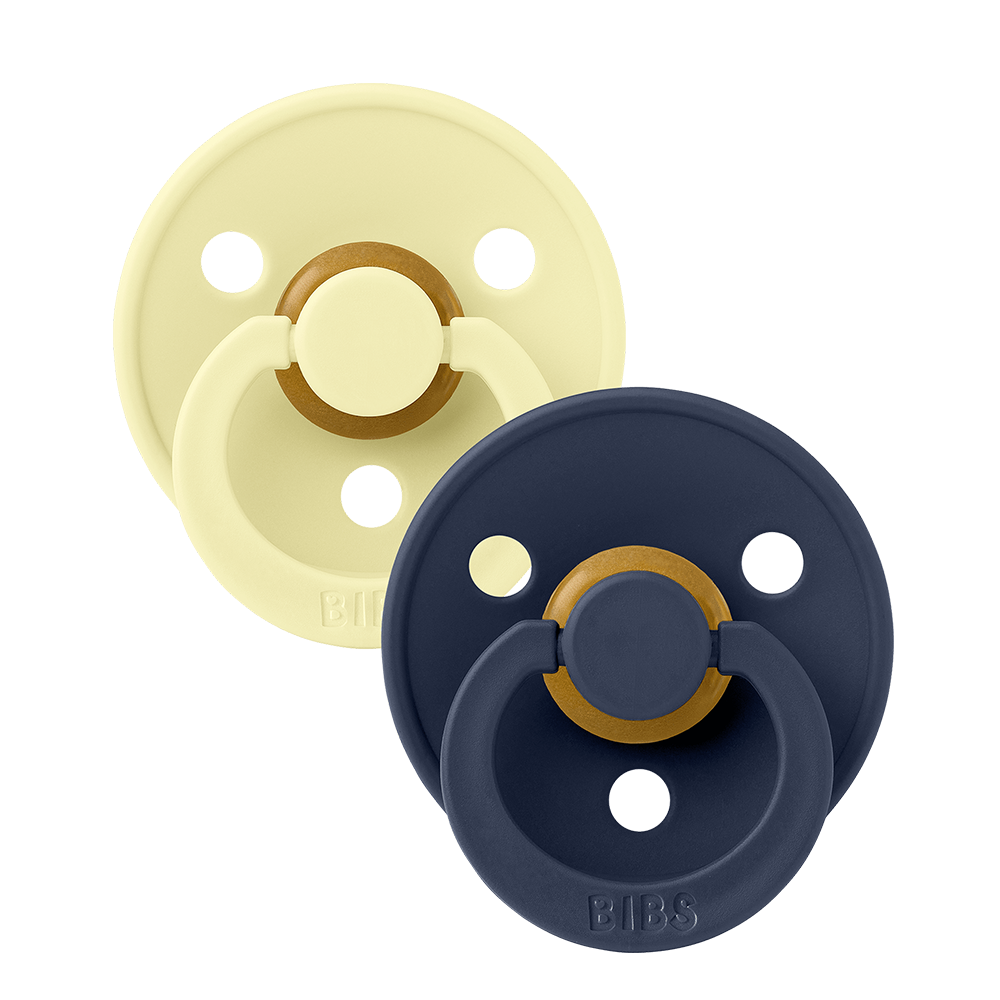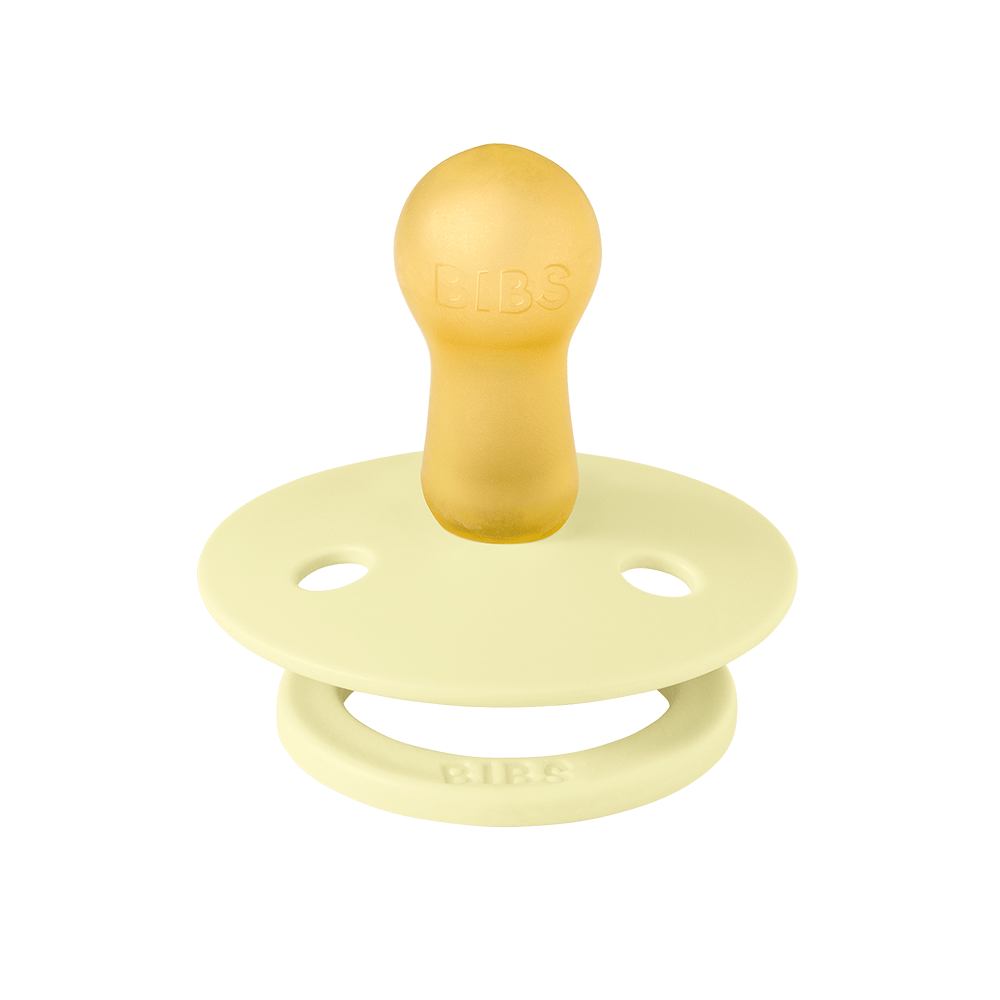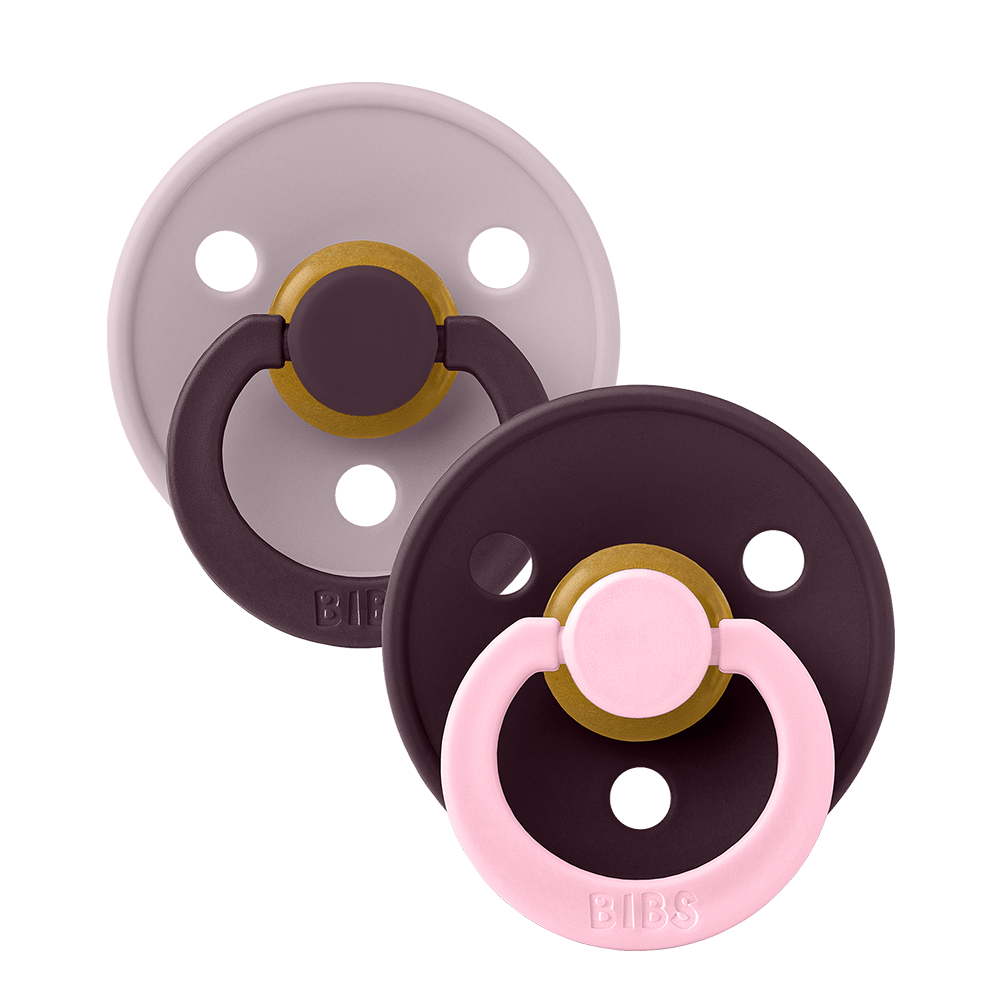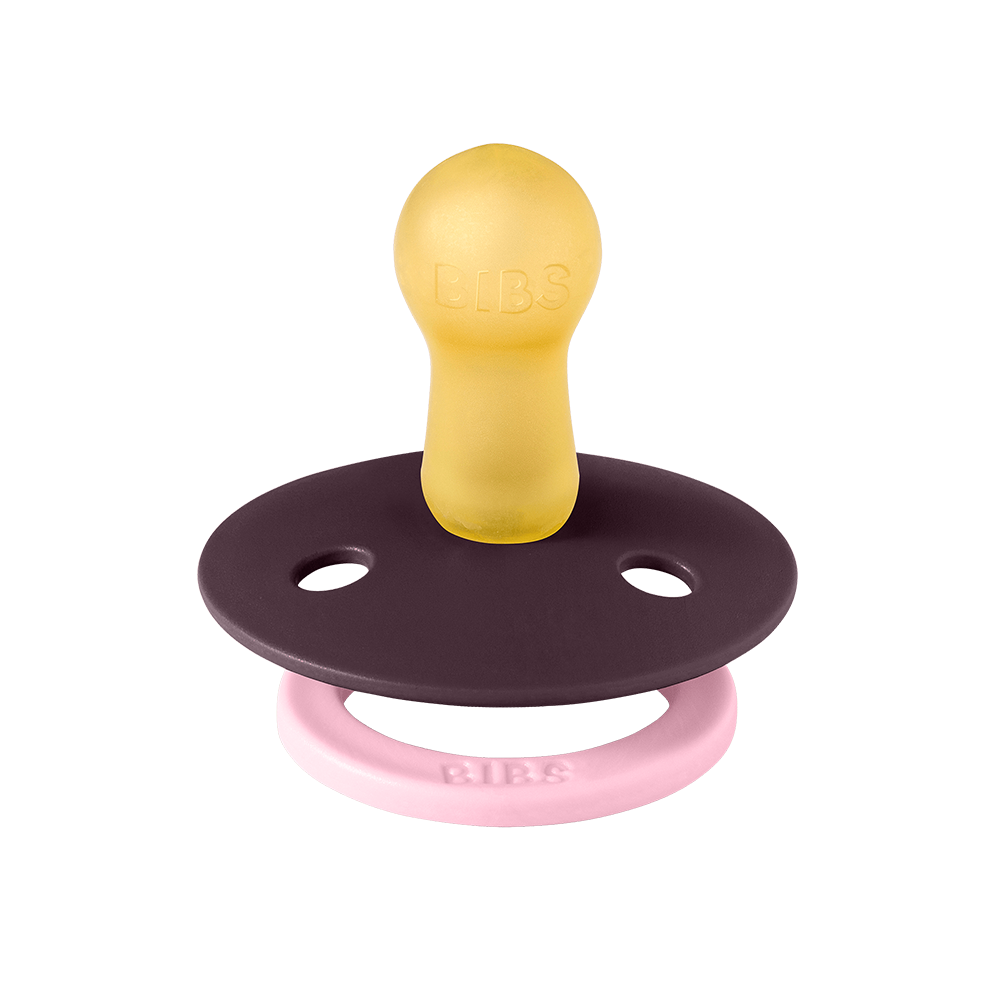Signs Your Baby Is Ready to Drop Night Feeds

Waking up at night to feed is part of early parenthood, but there comes a moment when those feeds may no longer be needed. How do you know when your baby is ready? Below, we detail some of the clearest signs your baby is ready to drop night feeds, plus tips to make the shift with confidence and care.
Why Watching for the Right Signs Matters
Noticing signs your baby is ready to drop night feeds can help you avoid unnecessary disruptions, support healthier sleep habits, and respond better to what your child really needs. Every baby develops on their own schedule, but once you pick up on the signals, moving forward becomes much easier for both of you.
Five Key Signs Your Baby Is Ready to Drop Night Feeds
If you aren’t sure whether your baby still needs to eat overnight, here are some reliable signs your baby is ready to drop night feeds:
1. Baby Is Around 4 to 6 Months Old
One of the early signs your baby is ready to drop night feeds is age. Many healthy infants are ready to sleep for longer stretches between feeds by 4‑6 months, especially if daytime feedings are going well and they’ve gained weight steadily.
2. Baby Wakes but Doesn’t Actually Feed Much
If your baby wakes during the night but takes only a few bites or sips before falling back asleep, that often means hunger isn’t driving the wake‑ups. This pattern is a strong indicator among the signs your baby is ready to drop night feeds.
3. Solid Daytime Nutrition
When your baby is eating well during the day and getting enough in their daytime feedings, that balances energy needs. Good daytime nutrition is an important sign your baby is ready to drop night feeds.
4. Ability to Self‑Soothe or Settle with Comfort Items
If your baby can fall asleep on their own or return to sleep without needing to feed—perhaps with help from a pacifier, that is often a strong signal that they may no longer need so many or any overnight feedings.
5. More Consistent Sleep Cycles
Bedtimes and wake times becoming more predictable, longer stretches of uninterrupted sleep, and naps that are more regular are all signs of sleep cycle maturity. These are also among the clearest signs your baby is ready to drop night feeds.
How to Ease Out Night Feeds Gently
Once you see the signs your baby is ready to drop night feeds, here are ways to make the transition easier:
- Shorten night feeds: Gradually reduce feeding time over several nights rather than stopping suddenly
- Soothe with comfort rather than feeding: Use cuddles, rocking, or a pacifier clip and pacifier instead of feeding when baby wakes
- Boost daytime feeding: Make sure day feedings are satisfying, so baby gets enough during waking hours
- Create a soothing bedtime routine: Dim lights, soft sounds, consistent cues like a bandana bib, story, or singing signal sleep time
When It Might Be Too Soon
If you don’t yet see the signs your baby is ready to drop night feeds, that’s okay. It might be too early if your baby:
- Was born prematurely
- Is going through a growth spurt or teething
- Still needs night feedings for weight gain or medical advice suggests it
Always trust your instincts and consult your pediatrician when unsure.
Tools That Help During the Transition
Having the right items can make dropping night feeds easier. Our pacifiers can support calming at night. Keep extras close with pacifier cases and clips. For daytime, using our baby bottles and baby feeders helps ensure full, satisfying meals which support longer sleep stretches overnight.
Learning the signs your baby is ready to drop night feeds gives you the confidence to move forward gently. When you see the cues, your baby will too, and nights may begin to feel calmer, for both of you.
